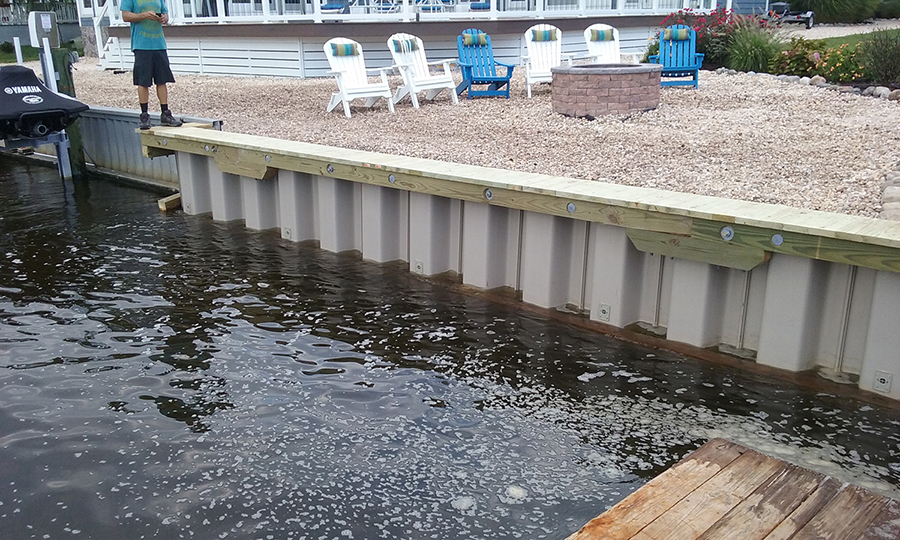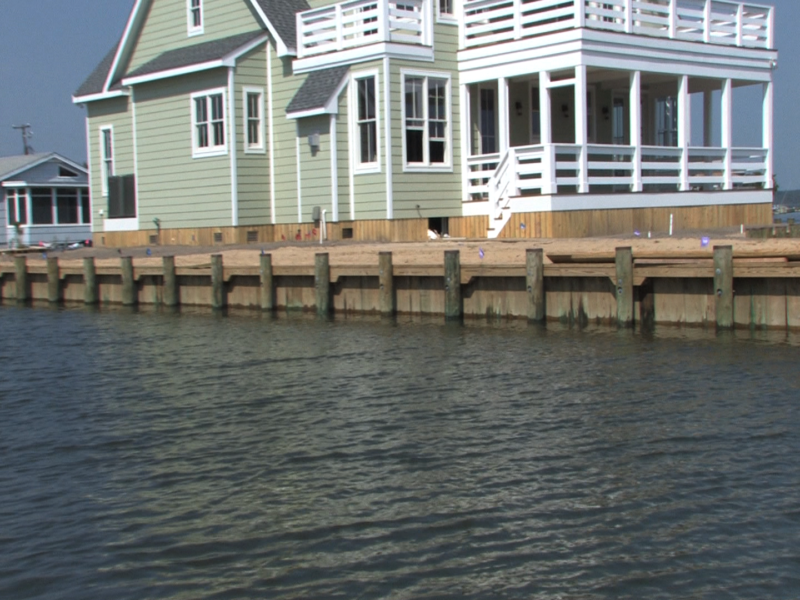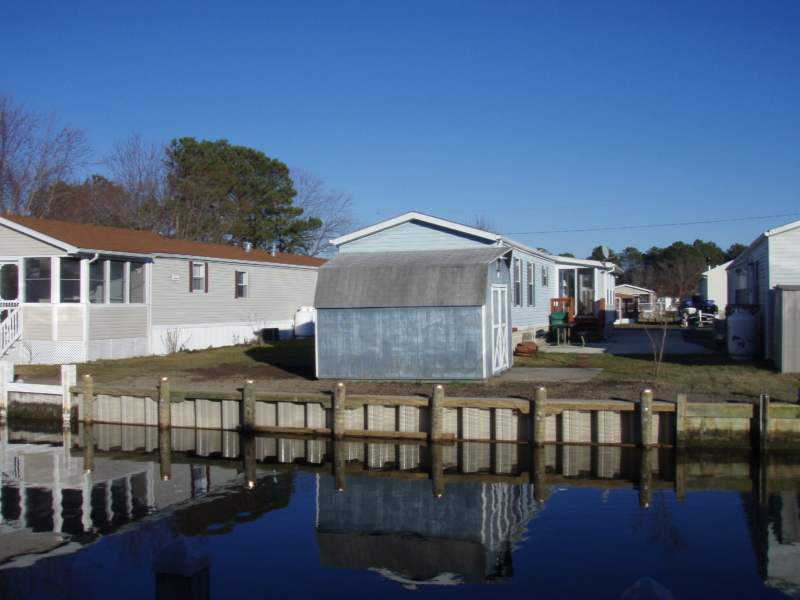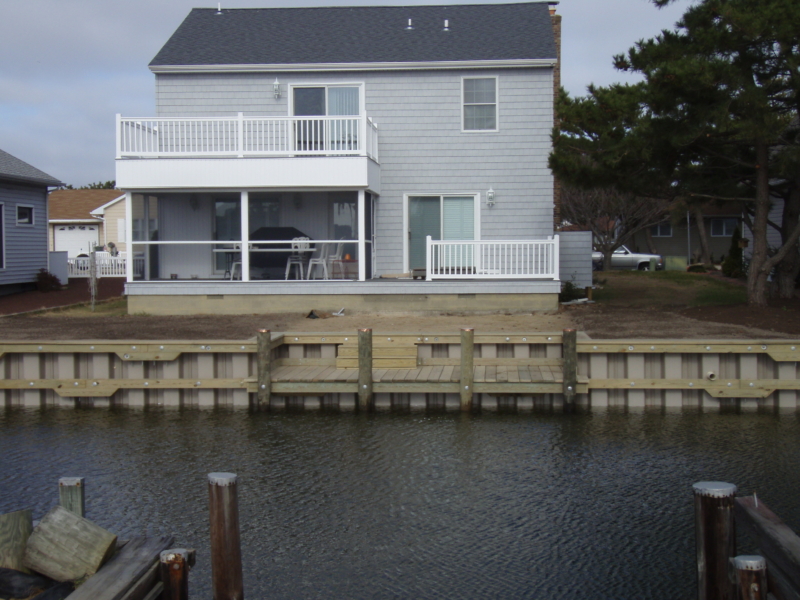If you live on the water, or own a commercial property on the water, then either having a bulkhead or having to install one at your property is more than likely a thought you have had since owning your property. From an outsider’s perspective this can seem very confusing. There are many questions that go along with such an installation. Should wood or vinyl sheeting be used? How big should the pilings be? What are the optimal distances between each piling? What size should the materials be in terms of bolts and screws? And the list can sometimes go on. It is clear, if you aren’t familiar with the terminology, you can’t be completely sure what you’ll be purchasing. Well, let’s discuss some of these questions in order to dispel some of the mystery.
The first, and often times the biggest debate, is centered around a wood or vinyl bulkhead. Obviously wood has been used more many more years and has been shown to hold up well. Vinyl is a newer technology and it too is formidable in keeping your property from eroding. So what are the positives and negatives with both?
Lorem Ipsum is simply dummy text of the printing and typesetting industry. Lorem Ipsum has been the industry’s standard dummy text ever since the 1500s, when an unknown printer took a galley of type and scrambled it to make a type specimen book.
That begs the question then- what is it are you supposed to look for in a boat lift installation? Well the biggest debate is always between aluminum lifts and galvanized lifts. Let’s start with galvanized. These lifts are usually cheaper, which, if you’re on a budget is a great positive. Mechanically they work just as good as an aluminum lift but they require more maintenance. If you are in saltwater the galvanized steel tends to rust quicker. And the cables and bearing will require greasing as well. Which is alright, because we at Bayshore can take care of that for you. If you’re in brackish water or don’t mind looking after your possessions, and are on a budget then galvanized is the way to go!
However, when it comes to aluminum, these lifts tend to last a little longer. The aluminum material is more expensive but it comes with the added benefit of durability, especially in saltwater. Which is a huge positive. And not only that, but they require less maintenance, and some models are grease-less, making owning one of these lifts less of a chore.
So, whenever you are ready to purchase a boat lift, make sure to give Bayshore Marine Construction a call first. As was already discussed, we have over 10 years experience installing, maintaining, and helping our customers choose what is best for them! We look forward to speaking with you soon and getting you and your boat out on the water. And for further information on the boat lifts we use follow this link: https://www.iqboatlifts.com/vertical-lifts/platinum-lift/






